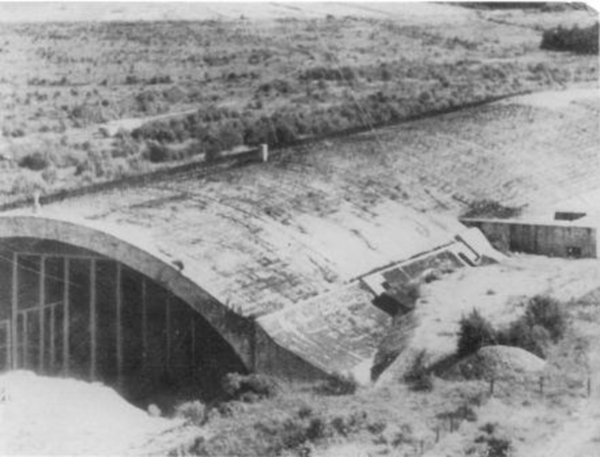Hidden deep in the Mühldorfer Hart forest in the district of Upper Bavaria Germany, around 50 miles to the east of Munich is the remains of a Third Reich semi-subterranean aircraft factory. It was codenamed Weingut I, meaning Vinyard I in English but the truth about this unfinished bunker complex is far from that of any peaceful vineyard.
At the start of 1944, the focus of the Allied forces shifted towards the bombardment and destruction of the German Luftwaffe in preparation for the D-day invasion of Normandy. From February 20 to 25 no less than 10,000 aircraft – both British and American – carried out strategic attacks on German industry and assembly plants.
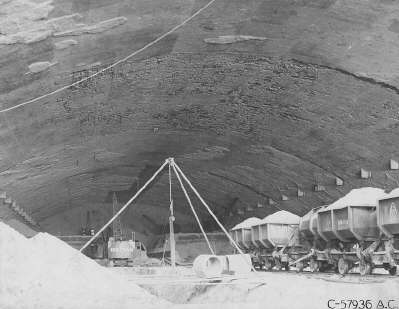
Following this devastating bombing effort, a decision was made by the Nazi Ministry of Arms and War to set up new centralized bunker factories in central and southern Germany. Weingut I was to be part of a hidden factory network for the production of Messerschmitt Me 262 fighter-bombers.

The initial plan was to build six such underground bunkers, but being further pushed back by the Allies, the Nazi administration decided to go with only two locations; three bunkers in the town of Kaufering under the codename Ringeltaube, and one bunker in the forest of Mühldorfer Hart.
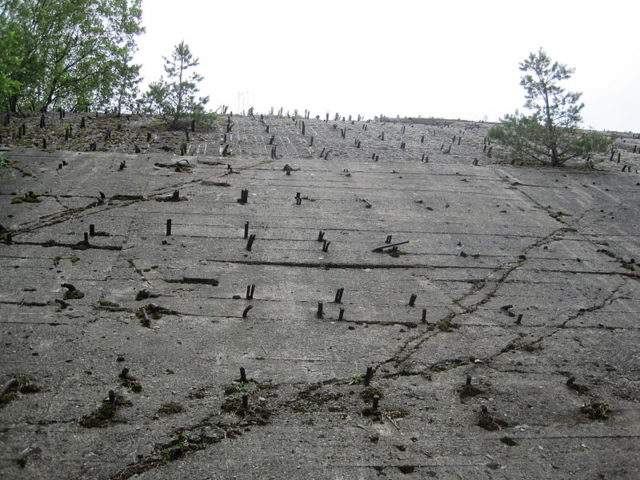
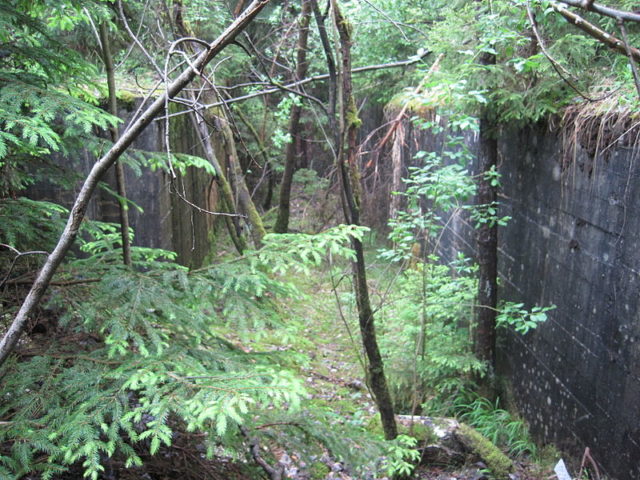
From the very beginning, things didn’t look very promising. Even Albert Speer himself would later write in his journal that the task at hand was difficult and that it would be a miracle if it was finished on time.
The man behind this whole project was Franz Xaver Dorsch, chief engineer of the Third Reich civil and military engineering group Organisation Todt. According to a number of researchers the Nazis hoped that the factory would be up and running in six months, and would produce more than 900 aircraft per month.
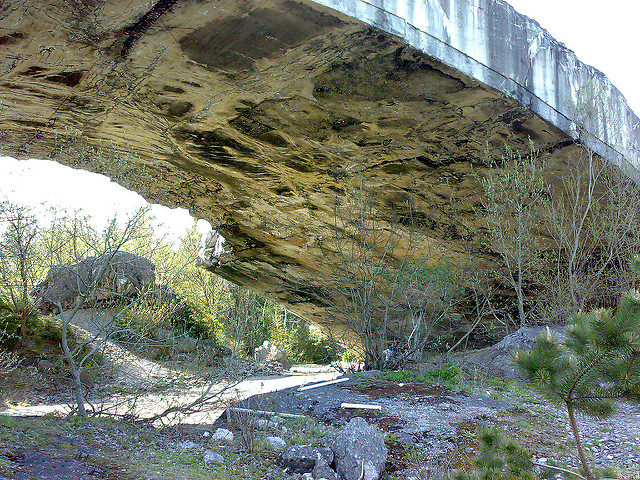
In order to finish the work on time around 1,500 workers were employed by Organisation Todt, but even this great a number proved to be too little for the size of this project. Prisoners of war and inmates from Dachau concentration camp were brought in and the number of workers now jumped to nearly 10,000. The decision to use forced labor at Mühldorf is attributed to Heinrich Himmler. These laborers worked in two shifts of around 4,000 workers and were housed poor conditions in a concentration camp in the forest.
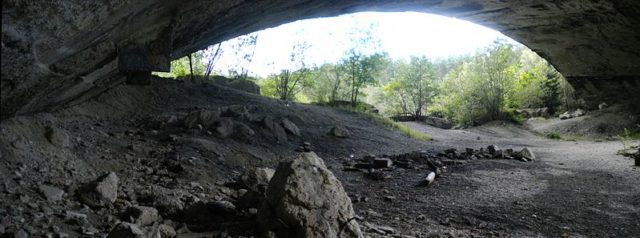
It was April 21, 1944, when Hitler himself gave the order for construction to commence. Construction machinery and equipment was slowly delivered to site given the fact that World War II was still ongoing and transport and rail networks were under constant attack.
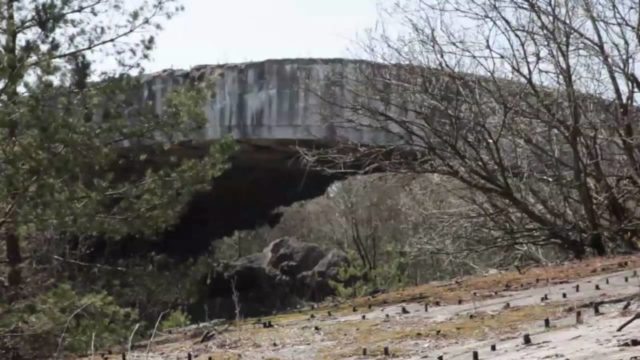
It was necessary to erect a carpentry workshop, as well as other facilities and air raid shelters, before the main site could be constructed. Once everything was ready work began – three months after Hitler’s order. But work ran rather sluggishly and a year later only seven of the bunker’s arches were erected but the plan had been to erect 12. The progress of the war made staying on schedule impossible.
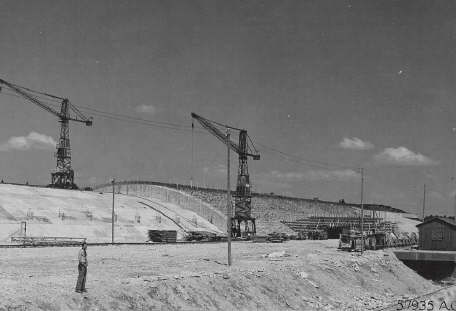
At the start of May 1945, the U.S. Army 47th tank battalion discovered the secret construction site and subsequently captured it. After the war, in 1947, the bunker construction site was rigged with hundreds of tons of T.N.T. and was blown up. Six of the seven finished arches were shattered into pieces; only the seventh arch remained.
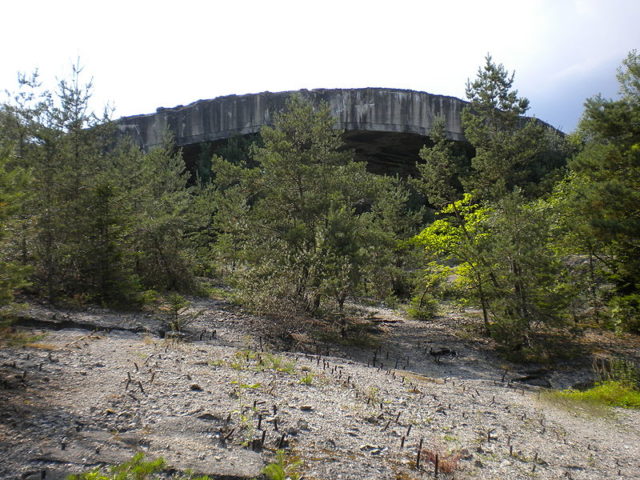
To this very day, this arch is still standing and is listed as the Mühldorfer Hart Concentration Camp Memorial for the thousands of workers that died trying to fulfill the Nazi’s plan. Overwork and starvation was the cause of death for 3,000 prisoners on this site. Weingut I was never finished and it is just one of many abandoned projects that the Third Reich luckily never realized.
